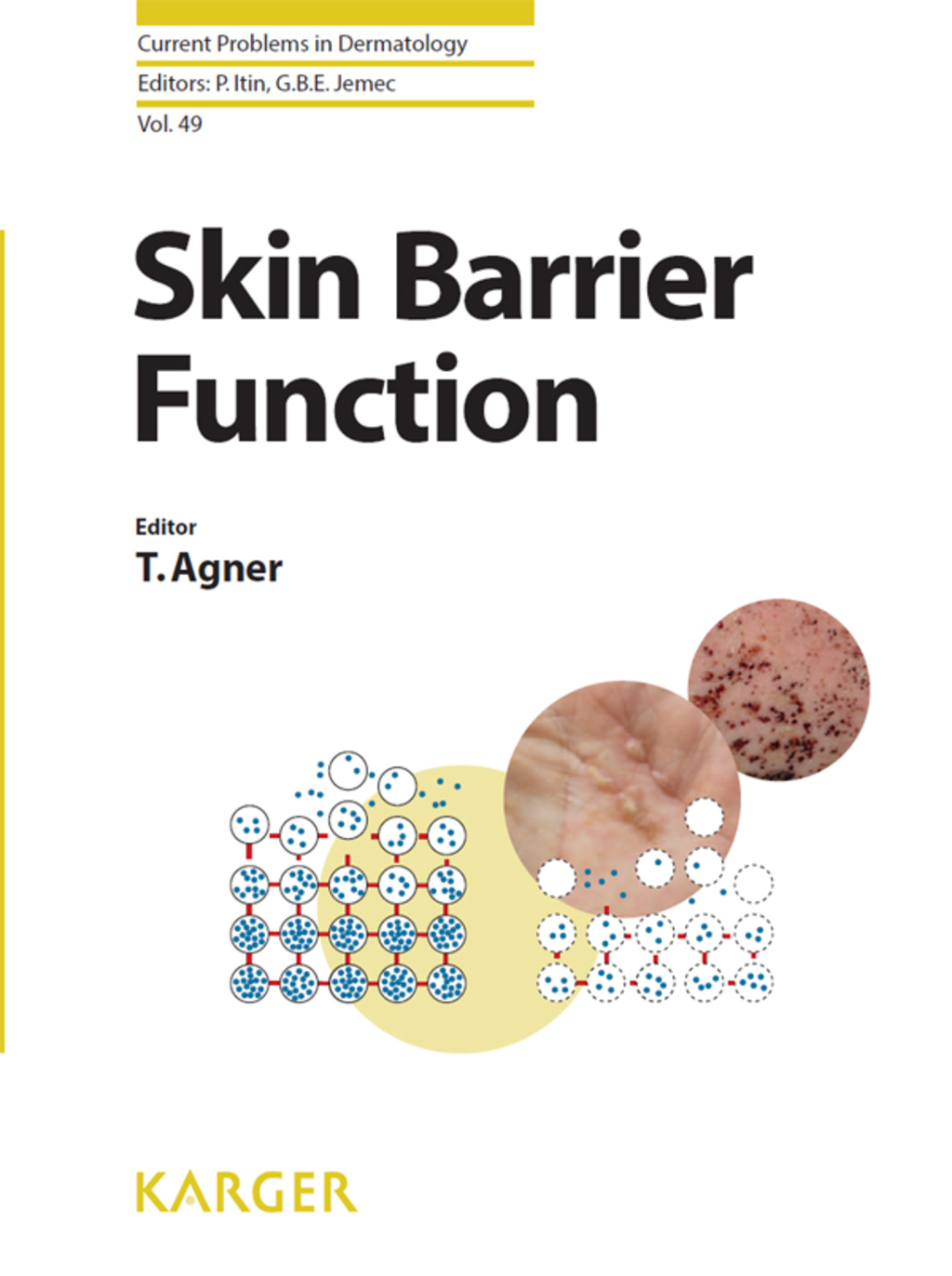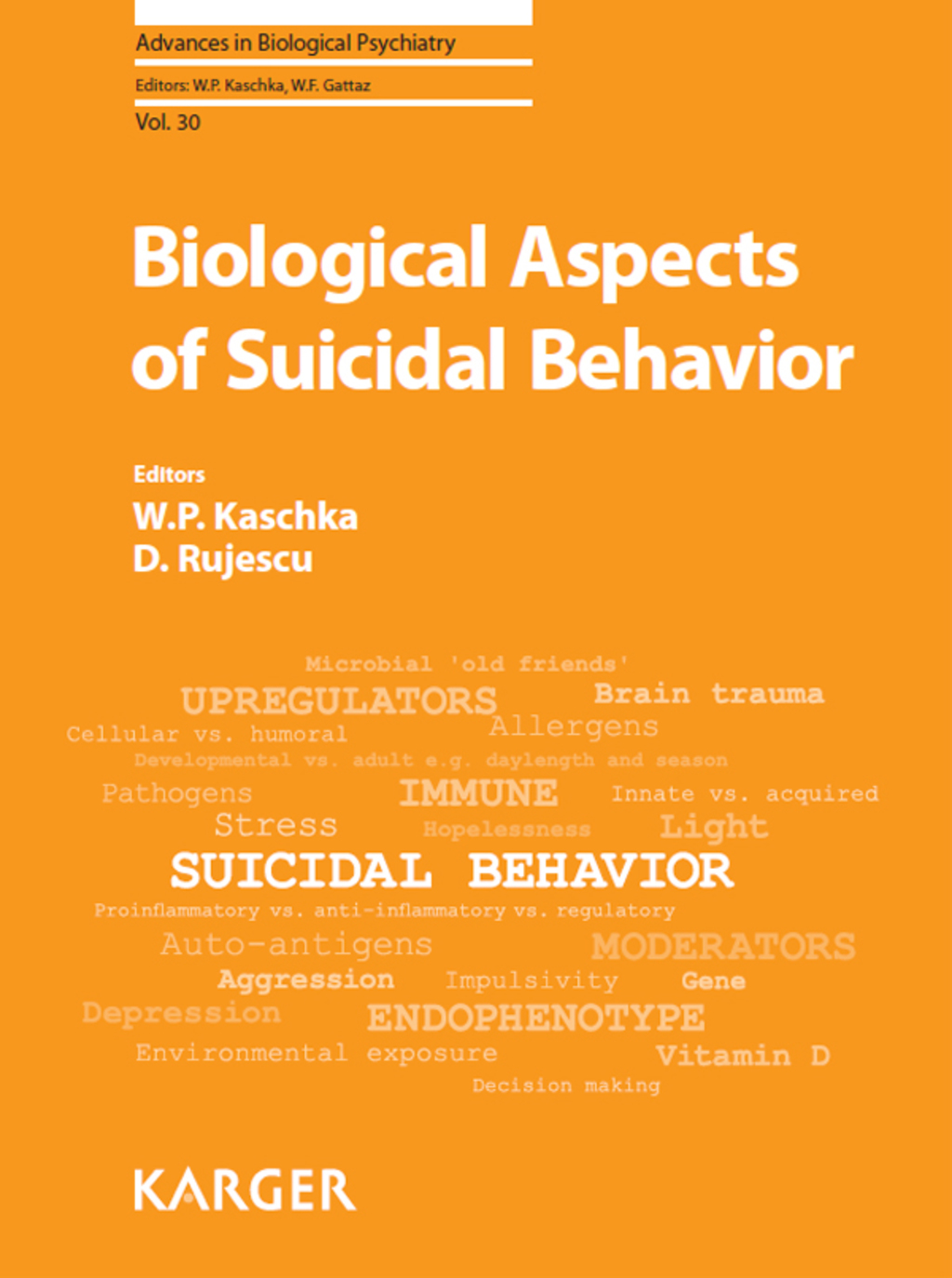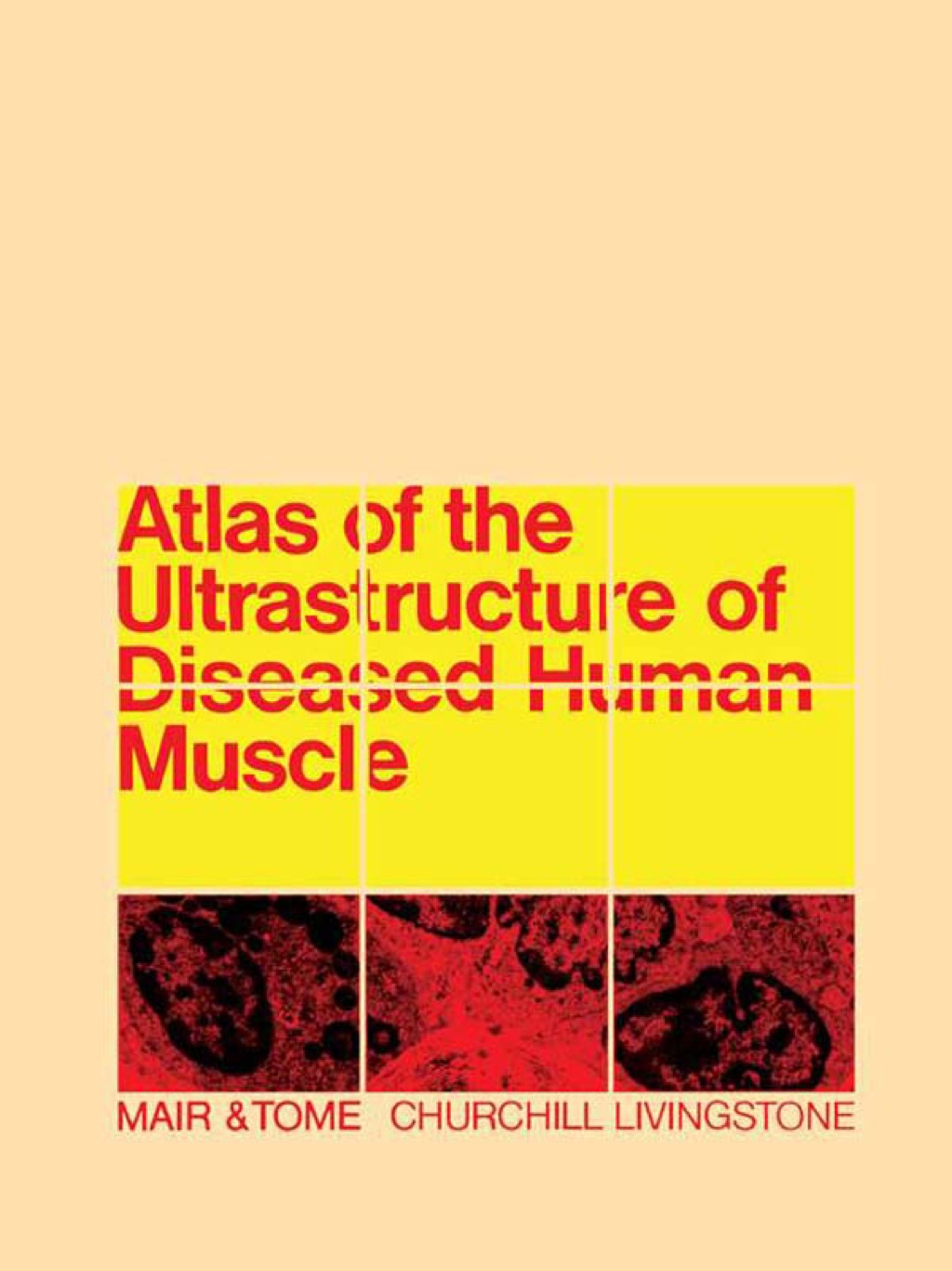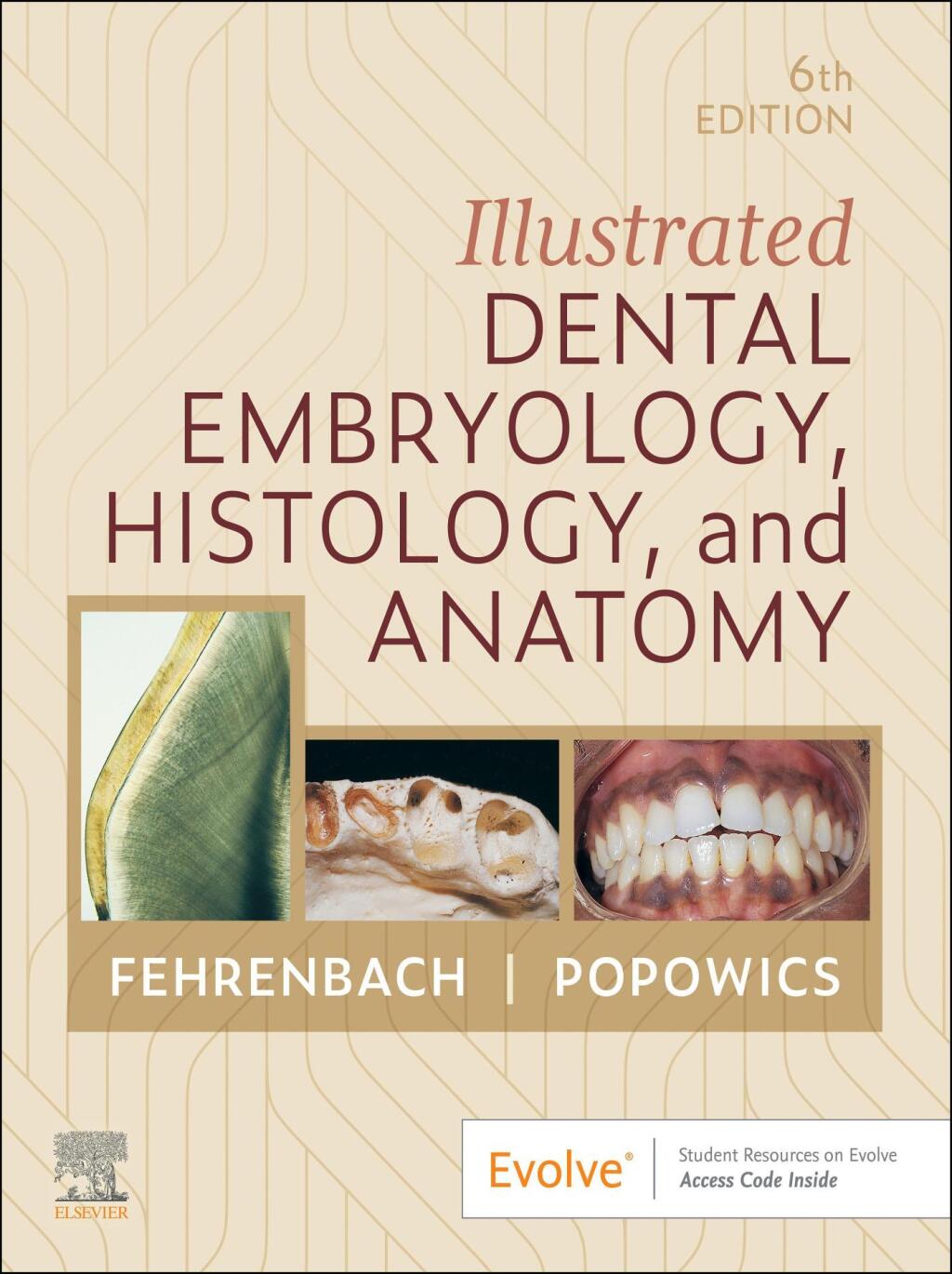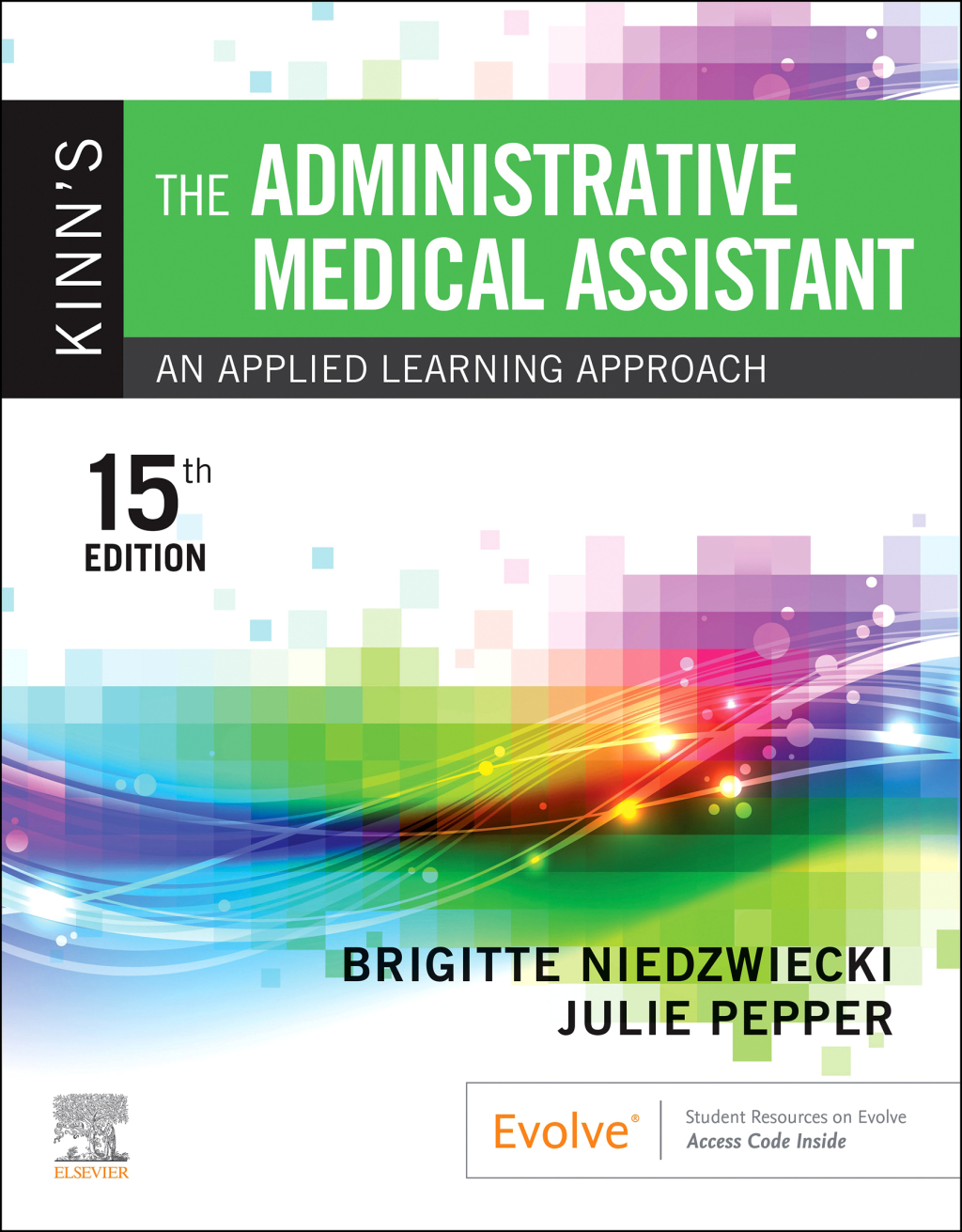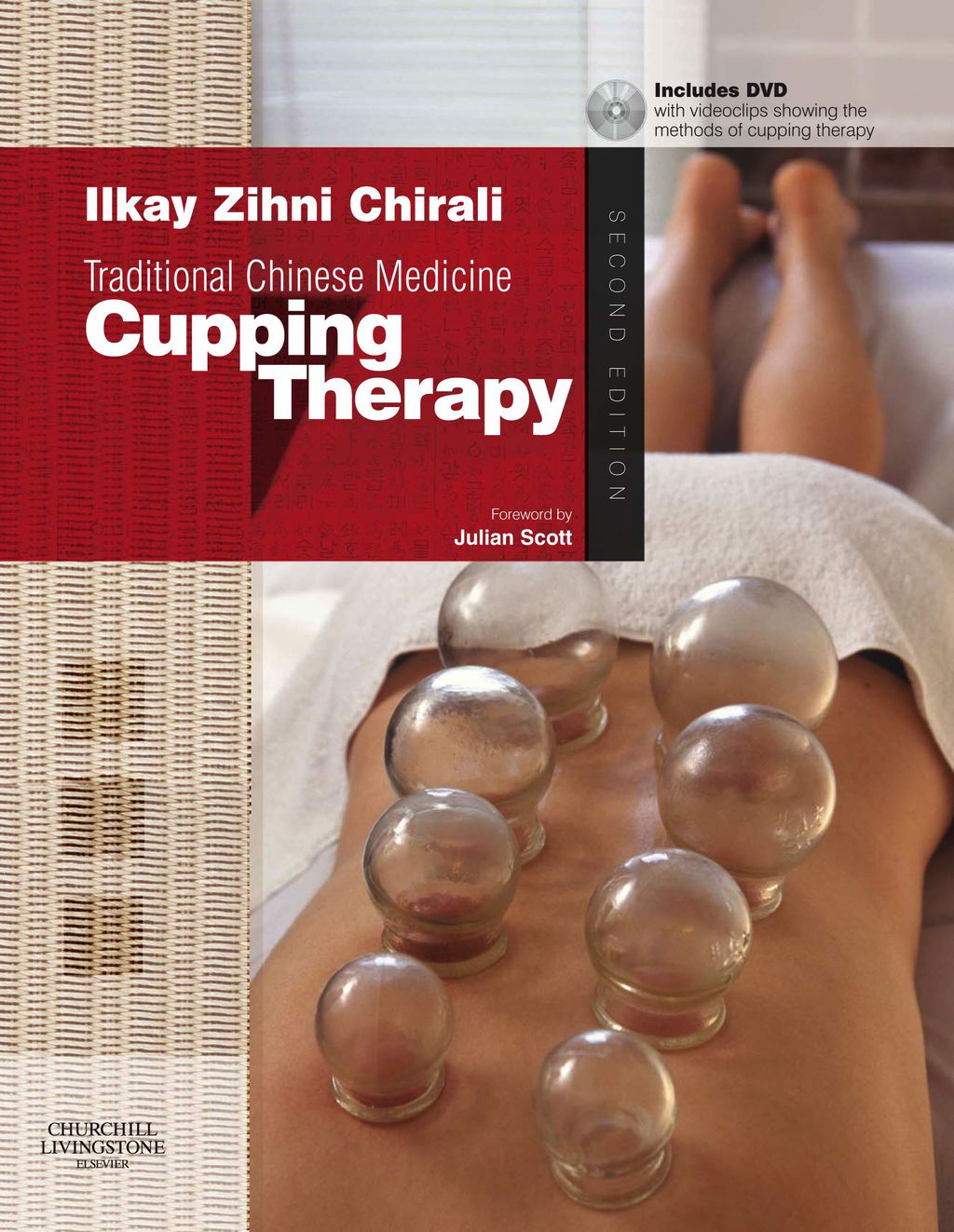Suicide is one of the most important causes of death in modern societies. To develop more effective preventive measures, we have to be aware of and learn more about its neurobiological foundations. In recent years, the tools of modern neurosciences have increasingly been utilized to characterize the pathophysiology of complex human behaviors such as suicide. To improve suicide risk assessment and suicide prevention, a better understanding of its pathophysiology is crucial. This includes research from a variety of disciplines such as neuropsychological, psychosocial and cultural studies but also findings from biochemistry, neuropathology, electrophysiology, immunology, neuroimaging, genetics, and epigenetics. Important results have, for example, been obtained in the field of gene-environment interaction and suicidal behavior. We have just begun to understand how early-life adversity may increase suicide risk by epigenetic mechanisms. Based on such insights, novel therapeutic interventions and preventive measures can be developed. Furthermore, a better understanding of the pathophysiological mechanisms involved in suicidal behavior could reveal the mechanism of compounds like lithium salts. In this book, suicidal behavior and its prevention is discussed by international experts in the light of the most recent results from a broad spectrum of neurosciences.
“Traditional Chinese Medicine: Cupping Therapy 2nd Edition” has been added to your cart. View cart
Biological Aspects of Suicidal Behavior 1st Edition
Author(s):
Publisher: S. Karger AG (Switzerland)
ISBN: 9783318055832
Edition: 1st Edition
$39,99
Delivery: This can be downloaded Immediately after purchasing.
Version: Only PDF Version.
Compatible Devices: Can be read on any device (Kindle, NOOK, Android/IOS devices, Windows, MAC)
Quality: High Quality. No missing contents. Printable
Recommended Software: Check here


